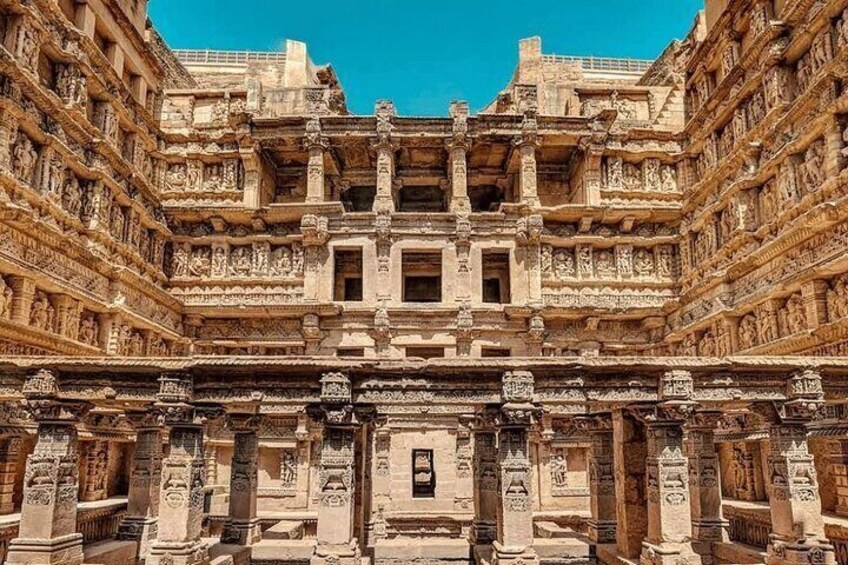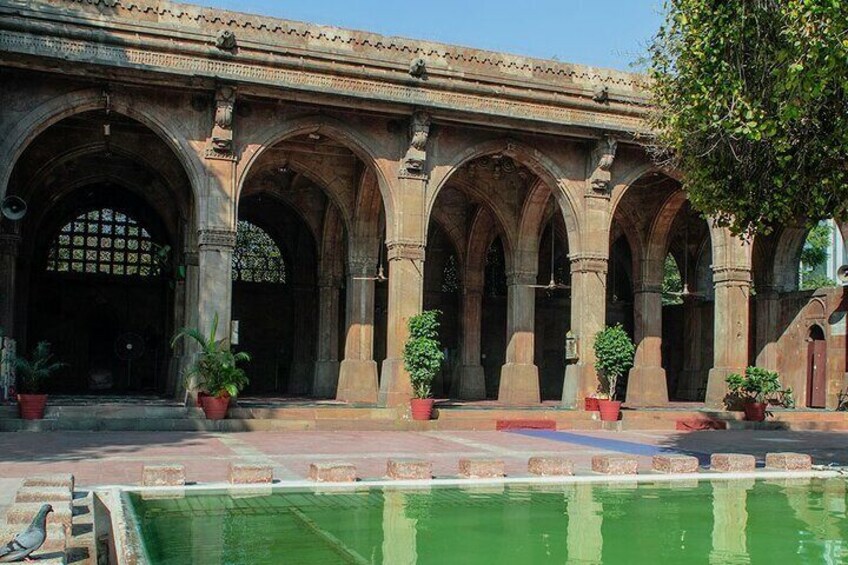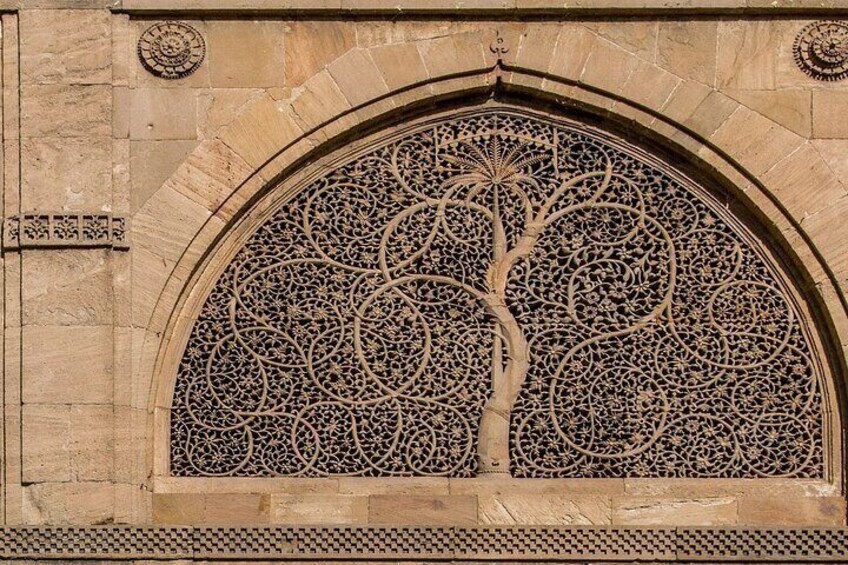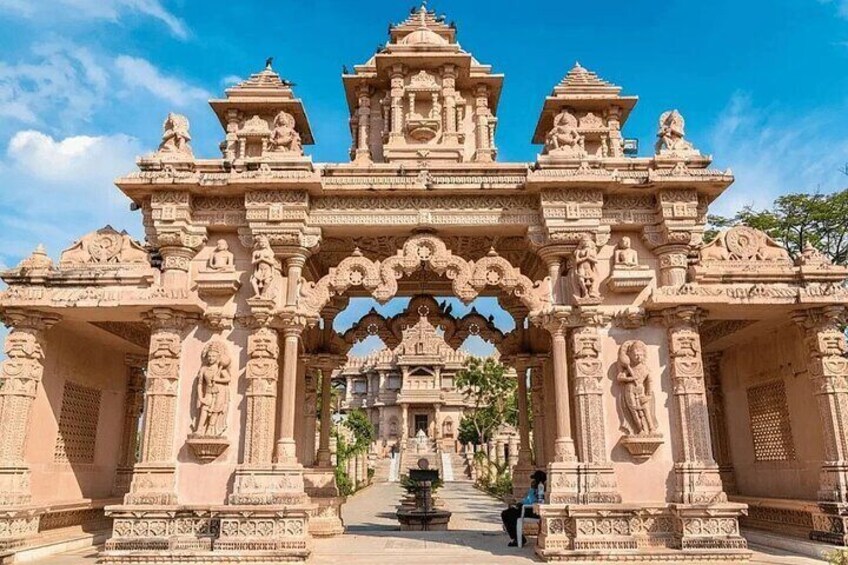




India's first world heritage city Ahmedabad Full Day Tour
By TOP TRAVEL AND TOURS PVT LTD.
Free cancellation available
Features
Overview
Activity location
Meeting/Redemption Point
Check availability
CAR + GUIDE
CAR
GUIDE
Pickup included
Language options: English
Price details
€171.42 x 1 Adult€171.42
Paid at activity€0.72
Total
Until Sat, 17 Jan
CAR + GUIDE + LUNCH
LUNCH
CAR
GUIDE
Pickup included
Language options: English
Price details
€192.95 x 1 Adult€192.95
Paid at activity€0.72
Total
Until Sat, 17 Jan
What's included, what's not
Know before you book
- Infants are required to sit on an adult’s lap
- Suitable for all physical fitness levels
- Tour can be customised as per customer's requirement or location.
- Car Type: for one to two people, four Seater Saloon.
- Car Type: for three to four people, five Seater Innova.
- Car Type: for five to eight people, nine Seater Tempo Traveller.
- Akshardham Temple remains closed on Monday.
- In accordance with EU regulations about consumer rights, activities services are not subject to the right of withdrawal. Supplier cancellation policy will apply.
Activity itinerary
Location
Activity location
Meeting/Redemption Point
Best Deals on Things to Do
Experience the wonders of the world up close with great deals on things to do near and far. Expedia offers one-of-a-kind activities that allow you to explore Ahmedabad your way. Whether you love nature, culture, food or a bit of adventure, we have the perfect activity for you.
Top experiences in Ahmedabad
With so many things to do in Ahmedabad, planning the perfect day out may seem like a daunting task. Expedia is here to take the hassle out of finding the best attractions, tours and activities in Ahmedabad. Families, couples and business travellers can all find the perfect activity in Ahmedabad to create life-long memories with the help of Expedia.